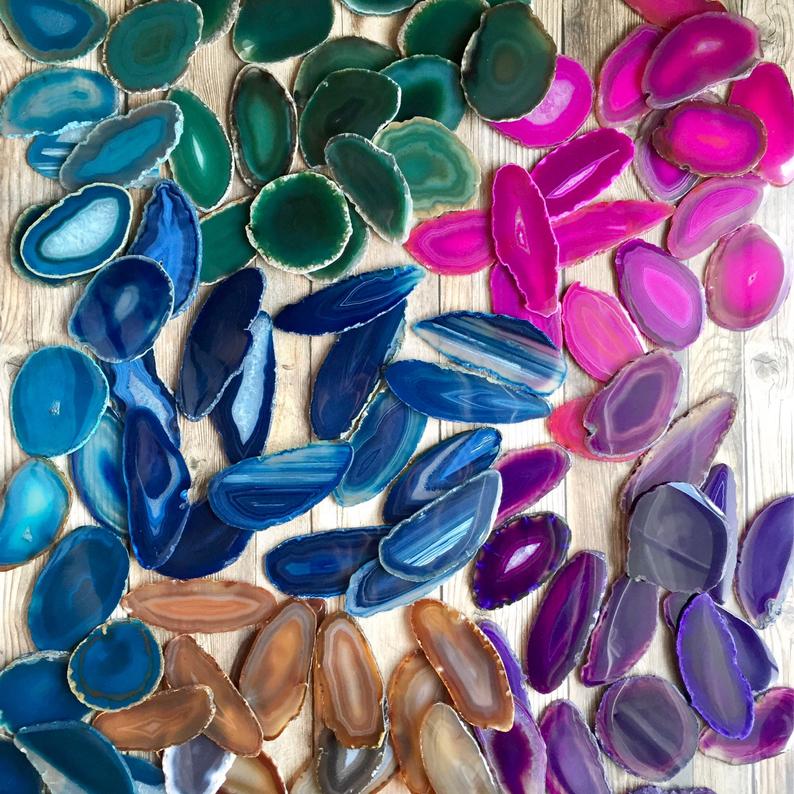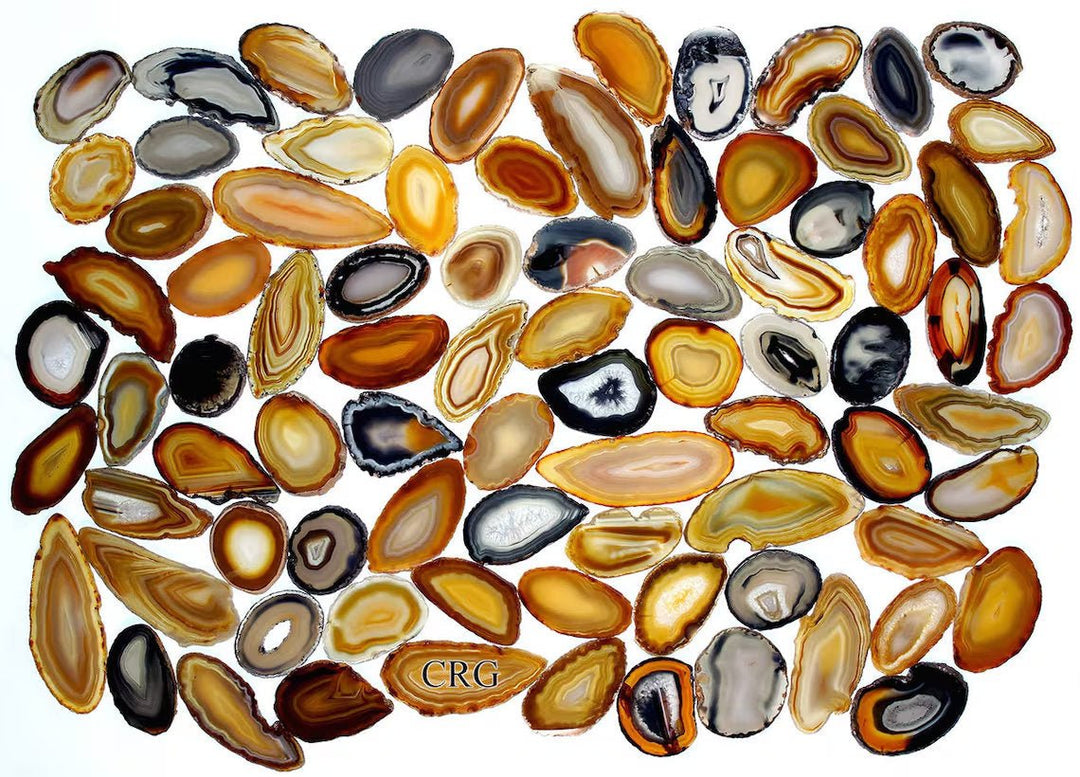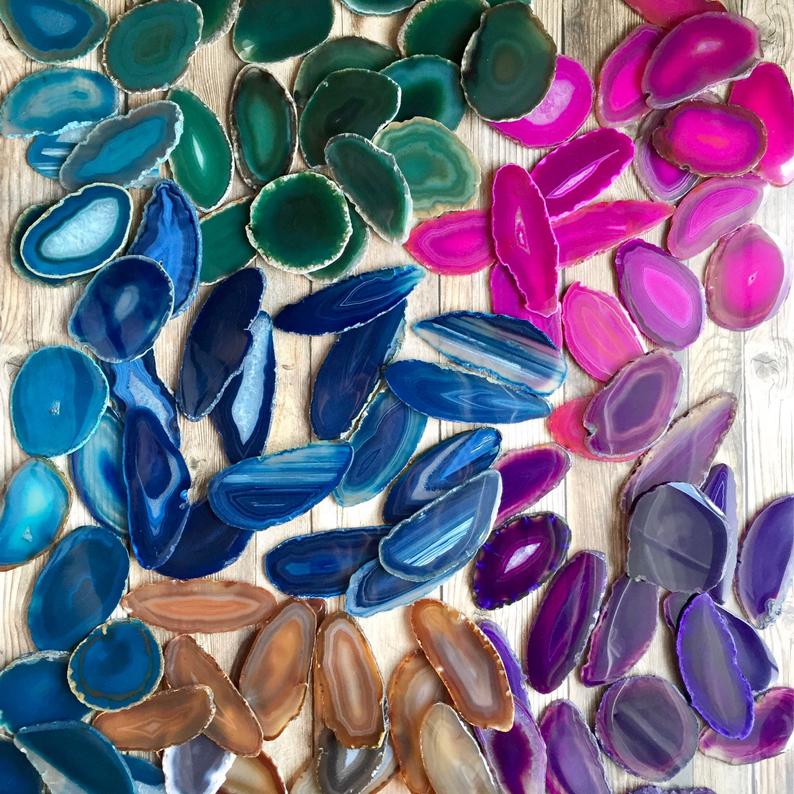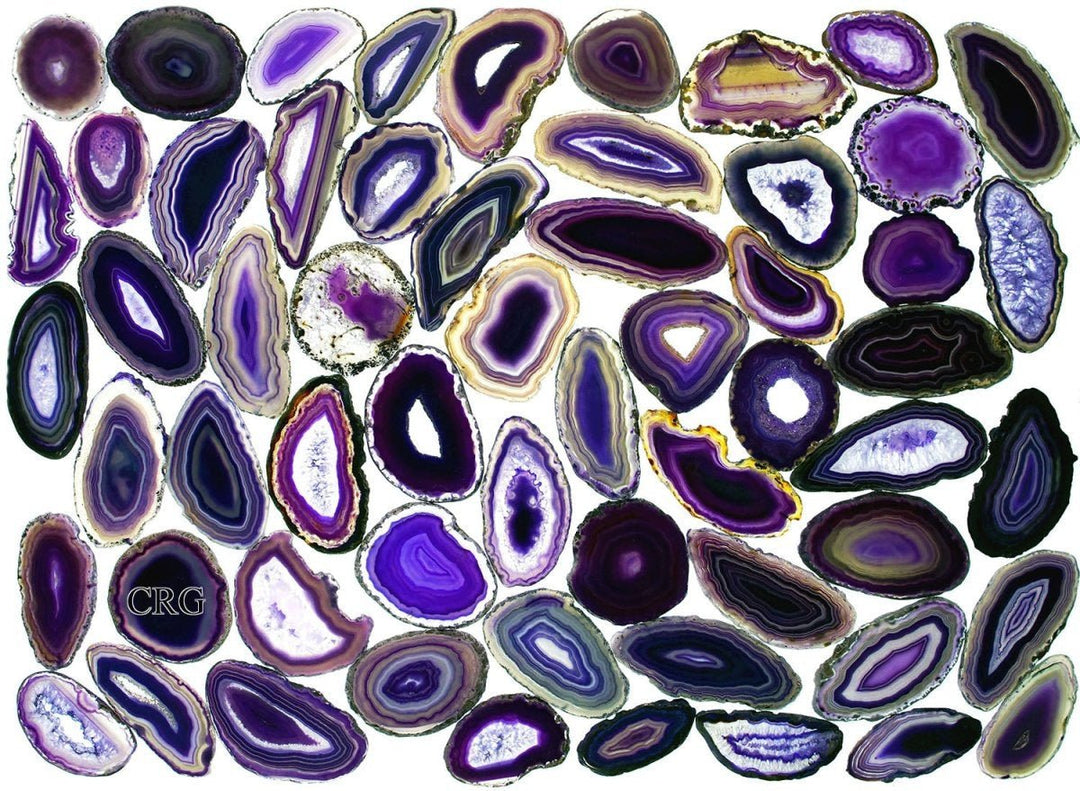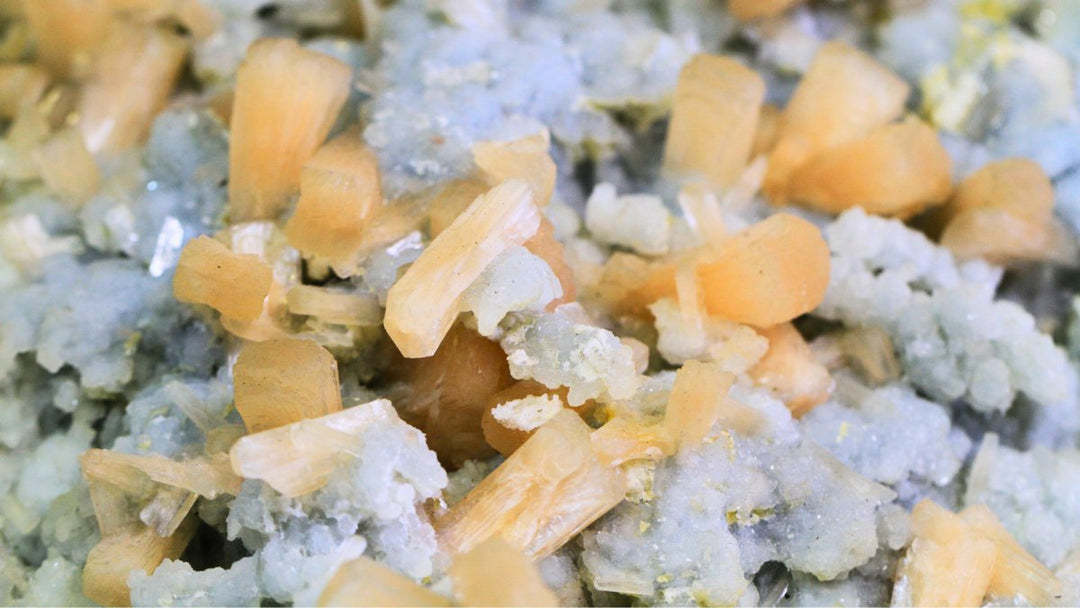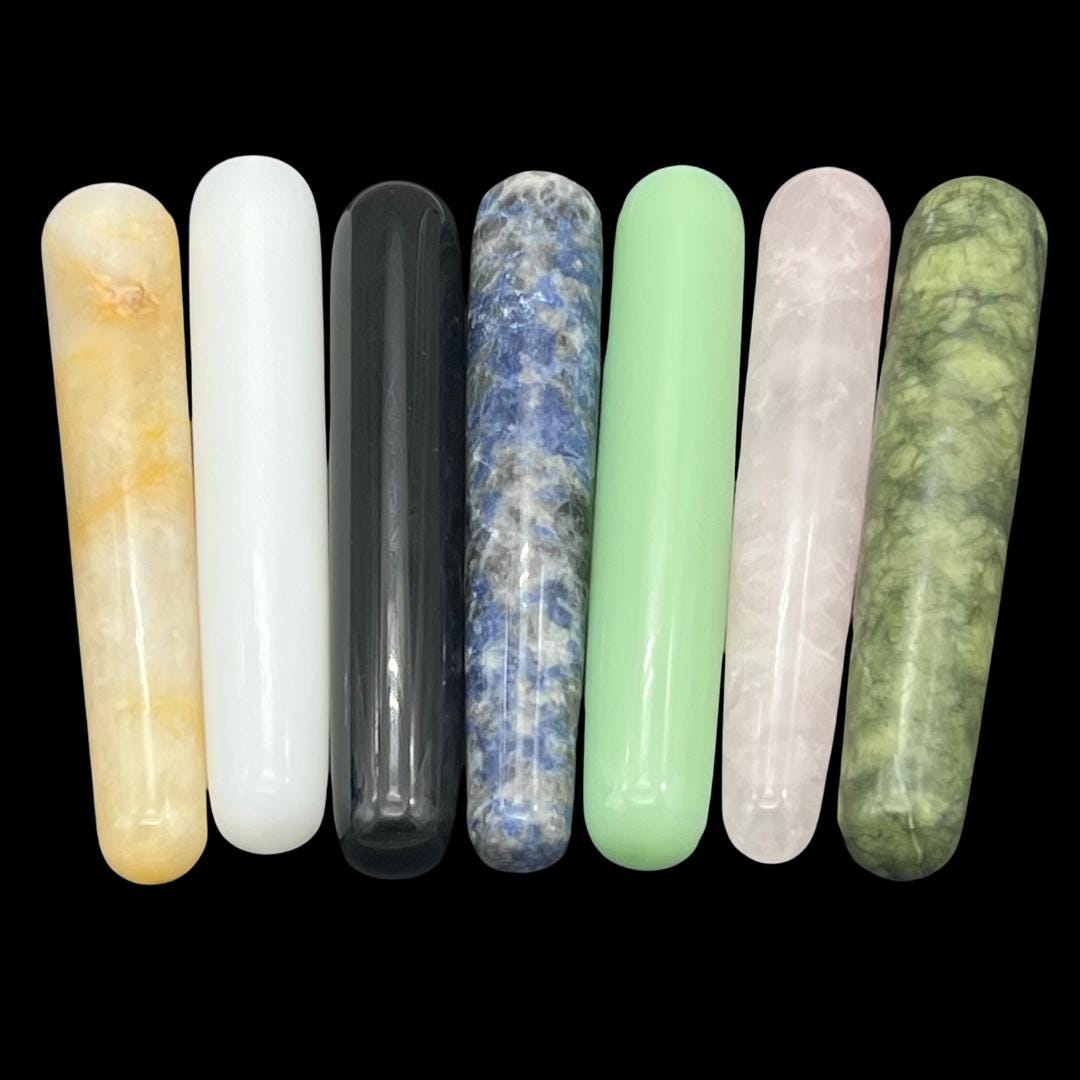Zeolites are naturally occurring minerals that belong to a group of hydrated aluminosilicates. They are formed primarily through the interaction of volcanic materials—like ash and lava—with water over extended periods. This interaction initiates chemical reactions that crystallize the dissolved minerals into zeolites.
What sets zeolites apart is their framework structure, which consists of three-dimensional networks of silica (SiO₂) and alumina (Al₂O₃) tetrahedra. These frameworks create open cavities and channels that can trap water and ions, giving zeolites unique physical and chemical properties, such as the ability to:
- Absorb and filter molecules.
- Exchange ions without altering their structure.
- Retain thermal stability under various conditions.
This remarkable molecular architecture makes zeolites valuable for scientific research, industry, and environmental applications.

The Formation of Zeolites
The formation of zeolites takes place in various geological settings, each contributing to the diversity of these minerals. The primary formation environments include:
1. Volcanic Cavities
Zeolites are most commonly found in the cavities of volcanic rocks, such as basalt. These cavities, or vesicles, are created as volcanic gases escape during the cooling of lava. Over time, groundwater rich in dissolved minerals seeps into these spaces, leading to the gradual formation of zeolites.
2. Hydrothermal Environments
In geothermal areas, hot water and steam react with volcanic rock to dissolve and redeposit minerals, forming zeolites. This process often occurs near hot springs or geothermal vents.
3. Sedimentary Basins
Zeolites can also form in sedimentary environments, particularly in alkaline lakes and saline deposits. In these settings, minerals crystallize out of evaporating water, leading to the growth of zeolites alongside other evaporite minerals.
These varied formation conditions result in a wide range of zeolite types, each with distinct structures and appearances.

The Diversity of Zeolites
The zeolite family includes over 40 naturally occurring varieties, each with unique physical and chemical characteristics. Some of the most notable examples include:
1. Stilbite
- Appearance: Fan-shaped or blade-like crystals, often peach, pink, or white in color.
- Formation: Found in basalt cavities and often associated with other zeolites like heulandite.
-
Notable Locations: India, Iceland, and the United States.

2. Apophyllite
- Appearance: Transparent or white crystals with sharp, prismatic forms and a glassy luster.
- Formation: Commonly found in volcanic rock cavities.
- Notable Locations: India and Brazil.

3. Heulandite
- Appearance: Tabular crystals with a pearly luster, typically in pastel shades of green, pink, or orange.
- Formation: Forms in hydrothermal and volcanic environments.
- Notable Locations: Iceland, India, and the USA.

4. Scolecite
- Appearance: Needle-like or fibrous crystals, often white or translucent.
- Formation: Found in basaltic cavities and often associated with stilbite.
- Notable Locations: India and the USA.

Physical and Chemical Properties
Zeolites are characterized by their distinct physical and chemical properties, which include:
- Porosity: Zeolites have a porous structure, with channels and cavities that allow them to trap and filter molecules.
- Hardness: Ranging from 3.5 to 5.5 on the Mohs scale, zeolites are relatively soft and must be handled with care.
- Thermal Stability: Zeolites can withstand high temperatures, making them suitable for industrial applications.
- Light Reflectivity: Many zeolites exhibit a pearly or vitreous luster, adding to their aesthetic appeal.

Applications of Zeolites
Zeolites are not just beautiful minerals—they have a wide array of practical applications due to their unique properties. Some of the most significant uses include:
1. Environmental Applications
- Water Purification: Zeolites are used to filter and remove impurities from water, including heavy metals and toxins.
- Air Filtration: Their porous structure makes them effective at trapping pollutants and odors.
2. Industrial Applications
- Catalysis: Zeolites are widely used as catalysts in the petrochemical industry, particularly for refining crude oil.
- Molecular Sieves: Their ability to selectively absorb molecules makes them valuable for separating and purifying gases.
3. Agricultural Uses
- Zeolites improve soil quality by retaining water and nutrients, reducing the need for chemical fertilizers.
4. Scientific Research
- Zeolites are studied extensively for applications in nanotechnology, drug delivery, and renewable energy solutions.
How to Identify Zeolites
Identifying zeolites requires observing their physical characteristics and considering the geological context. Look for:
- Crystal Shape: Zeolites often occur as blades, cubes, needles, or radiating clusters.
- Luster: Most zeolites have a pearly or glassy sheen.
- Color: While many are white or transparent, others exhibit pastel hues or vibrant shades depending on their chemical composition.
If you’re unsure about a specimen, consider consulting a professional geologist or using a guidebook on mineral identification.

Caring for Your Zeolite Collection
Zeolites are delicate minerals that require proper care to maintain their beauty and integrity.
- Avoid Moisture: Prolonged exposure to water can alter their structure.
- Use Gentle Cleaning Methods: Dust with a soft brush or cloth; avoid harsh chemicals.
- Display Safely: Keep zeolites in a stable environment away from humidity and extreme temperature changes.
Why Zeolites Deserve a Spot in Your Collection
Zeolites are more than just geological curiosities—they are a celebration of the dynamic processes that shape our planet. Their intricate crystal structures, diverse appearances, and fascinating origins make them a prized addition to any collection. Whether you’re a geology enthusiast or a casual collector, zeolites offer a blend of natural beauty and scientific intrigue that is hard to resist.
Explore the world of zeolites today and discover the stories etched into every crystal.
CLICK HERE TO SHOP ALL ZEOLITES.



